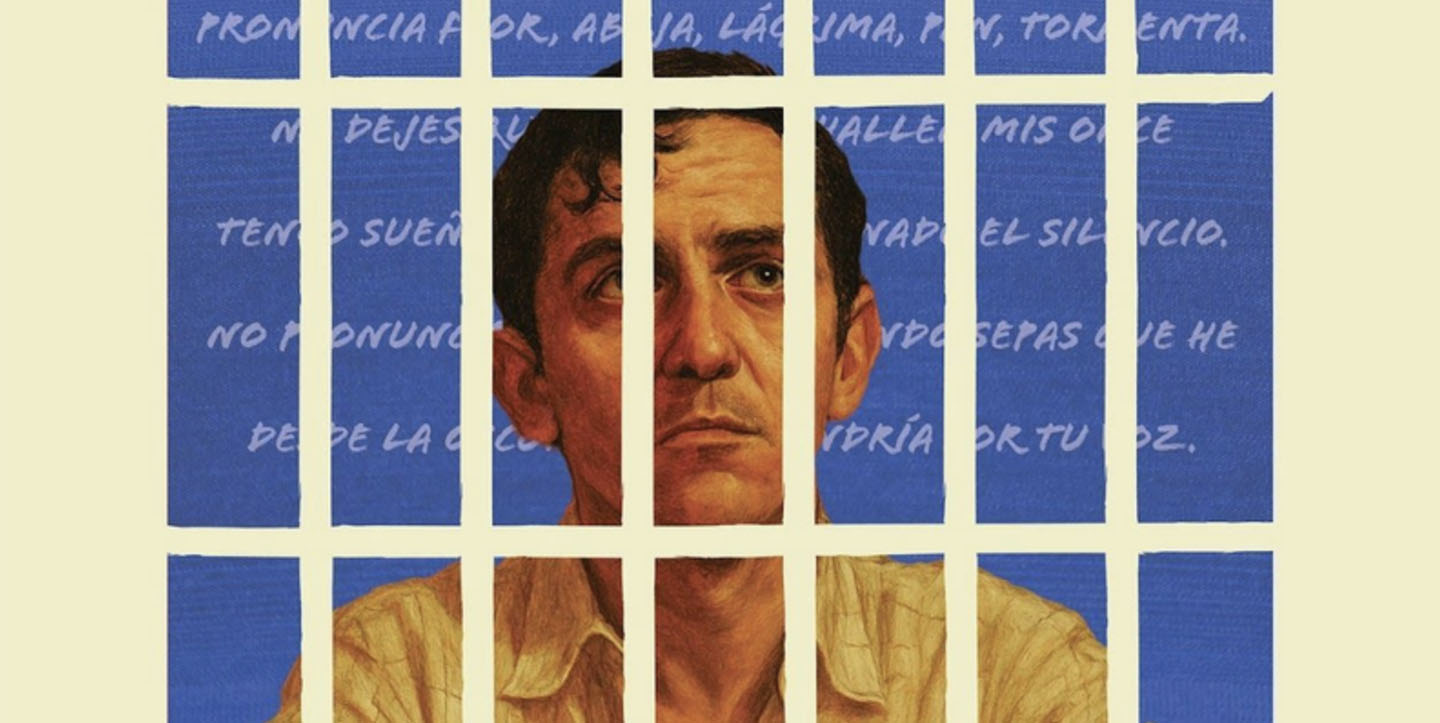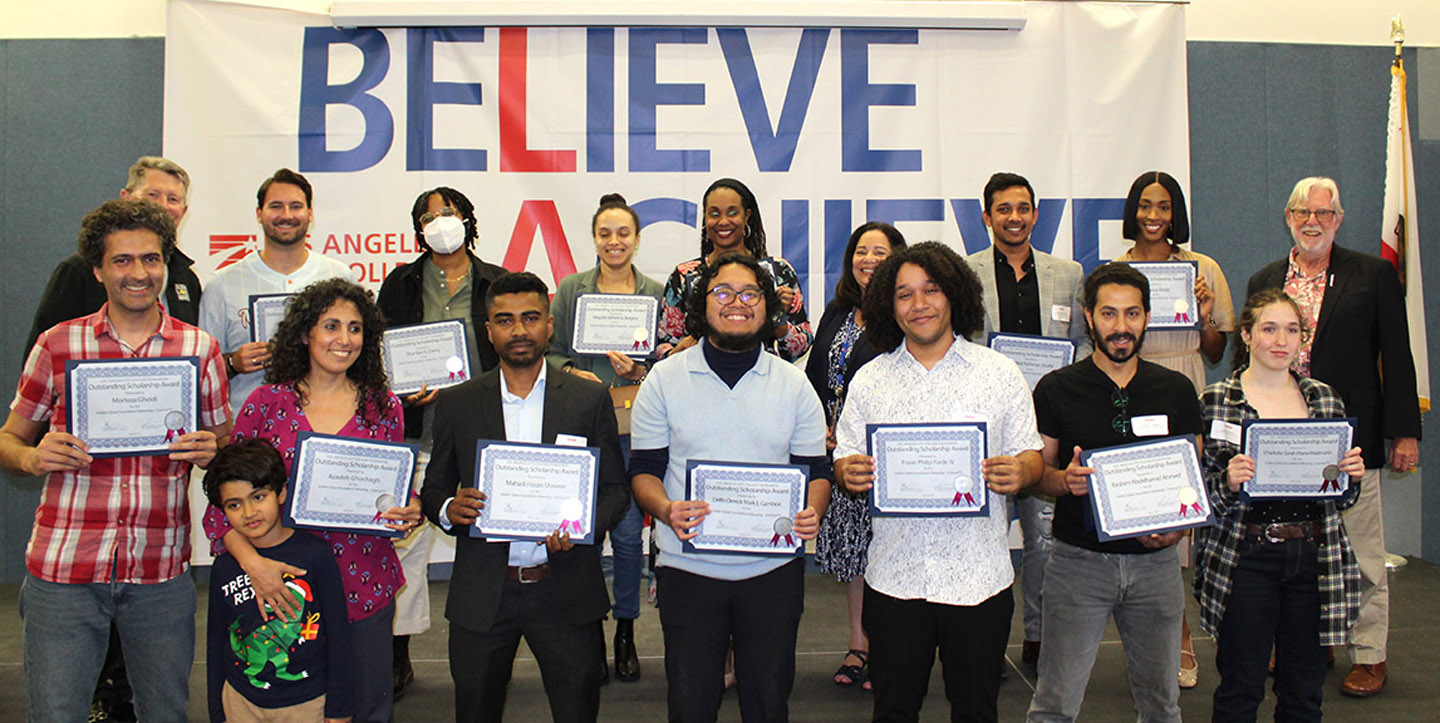Community Violence Intervention Leaders Unveil Historic Action Plan to Sustain and Scale the Field
Leading groups and advocates from the community violence intervention (CVI) movement have unveiled the landmark CVI Action Plan to sustain and scale CVI initiatives across the country. Endorsed by 115 organizations and 19 individuals — and informed by hundreds of CVI practitioners, researchers, and leaders — this report is the first comprehensive, field-wide guide for investing in and scaling CVI initiatives across the country. This action plan comes at a critical point in the gun violence prevention movement, with CVI programs on the rise, reports showing historic declines in violence, and the U.S. surgeon general recommending community-based interventions in his recent Advisory declaring firearm violence a public health crisis.
The CVI Action Plan strives to save lives, reduce violence in Black and brown communities, and support CVI workers who have committed their livelihoods to ending violence. For the first time, stakeholders from every part of the CVI ecosystem came together to create a groundbreaking community-led vision for the field, set ambitious goals, and refine essential strategies. The result is a set of high-priority opportunities that will catalyze philanthropic and public investment for years to come. For the past year, leaders from Community Justice, the Health Alliance for Violence Intervention (HAVI) and the National Institute for Criminal Justice Reform (NICJR) served as coordinators for the report seeking input and guidance from the CVI field. In May 2024, leaders from the Community-based Public Safety Collective (CBPS Collective) and the Urban Peace Institute joined the coordinating committee.
“With public health crises like tobacco use and car crashes, we have seen first-hand the impact that a coordinated response at the local, state, and federal levels can have on saving lives,” said Fatimah Loren Dreier, Executive Director of the HAVI. “CVI strategies are no different. This coordinated approach—including hospital-based violence intervention programs, violence focused trauma-informed support, and street outreach—employs the tools of public health to break the cycle of violence, save lives, and transform the most impacted communities.”
“Through CVI strategies, we should be focusing on those most at risk of committing or becoming victims of violence. CVI strategies are a key component of the public safety ecosystem, working to prevent violence rather than punish people after the fact,” said David Muhammad, Director of NICJR. “The forward-looking recommendations made in this report should be the north star for all communities, philanthropies, and policymakers working to end the gun violence epidemic in America.”
“For years, grassroots activists have been calling for community violence intervention programs that work to prevent gun violence. This report, centered on the needs of Black and brown communities who disproportionately bear the trauma of gun violence, gives them one unified voice,” said Amber Goodwin, Founder of Community Justice. “As gun violence continues to cut lives short, it’s more important now than ever to implement community violence prevention strategies and increase investment in groups on the ground. We have the bipartisan attention of policymakers and must leverage this moment to save lives.”
“As the impact of CVI is experienced in cities across the country, investing in practitioners, CVI organizational infrastructure and programmatic services delivery will be the cornerstone of our success,” said Aqeela Sherrills, Executive Director of the Community Based Public Safety Collective.
“For decades, the CVI workforce has put their lives on the line to curb community violence and save lives. The evidence shows that this approach works,” said Fernando Rejon, Executive Director of Urban Peace Institute. “Last year in Los Angeles, gang-related homicides were down by 26%. The CVI Action Plan underscores the urgent need to invest in and build the capacity of frontline organizations to create community safety and re-define public safety nationwide.”
Given that Black males between the ages of 10 and 24 are 20 times more likely to be victims of a firearm-related homicide than white males of the same age, the data shows gun violence is an epidemic in America. The report urges policymakers and investors to treat gun violence like a public health crisis — implementing and investing in proven, bipartisan CVI strategies that prevent gun violence before it occurs.
These frontline strategies establish relationships and systems of support that disrupt cycles of violence and retaliation in communities. They include street outreach, violence interruption, hospital-based violence intervention, life coaching, peace fellowships, violence-focused cognitive behavioral therapy, and more.
Community violence intervention strategies are backed by data. Cities that have implemented CVI programs — including New York City, Newark, and Indianapolis — have experienced a 30 to 50 percent reduction in gun violence in recent years.
The report’s recommendations are distilled into six critical domains aimed at expanding the CVI field:
- Capacity Building, Wellness, and Professionalization: Funding for CVI work has historically been unstable and unpredictable, causing organizational leaders to prioritize their limited resources to serve program participants instead of strengthening, professionalizing, and taking care of the workforce. To build the field’s resources and capacity, we must scale training and technical assistance for CVI professionals, build infrastructure for CVI organizations, and establish minimum standards for CVI worker pay and wellness benefits.
- Fieldwide Collaboration: The CVI field represents a diverse ecosystem of strategies, organizations, people, and convenings. Given the complexity of the gun violence problem, specialization has been important but often leads to silos that prevent leaders from capitalizing on other organizations’ knowledge. Tapping into the power of collaboration will effectively leverage all the work happening across the field.
- Grassroots, Local, State, and Federal Policy Development and Advocacy: The CVI field has seen historic success in recent years, securing billions of dollars in federal, state, and local funding to support program expansion across the country. This indicates that investing in organizing to support policy and advocacy efforts now — from identifying new tools and levers to drive program improvement to engaging with policymakers on CVI’s impact — will help unlock sustainable public funding and political will for the future. Capitalizing on this momentum will require expanding supporting grassroots efforts, protecting policy and advocacy capacity at all levels of government, and coordinating policy and advocacy efforts.
- Narrative Change: Too many Americans still believe that gun violence is an intractable problem. Instead, CVI leaders maintain, it is a public health crisis that can be addressed through structured, near-term efforts as well as long-term investments in disinvested communities of color. If we want the CVI field to continue to grow, we must strengthen programs and change the conversation. Demonstrating the value of CVI will require launching a national narrative change campaign, elevating diverse voices, and supporting local and national CVI organizations as they execute communications strategies.
- Research, Evaluation, Quality Improvement, and Impact Analysis: If our goal is strengthening and scaling the CVI field, we must broaden our research capacity. Despite the importance of high-quality research, the current CVI research landscape has not received enough priority attention or funding. As a result, CVI research is not nearly robust enough to address the complexity of community violence. Leaders in the CVI field emphasized the need for the increased scope and scale of Black and brown-led research; enhanced knowledge-sharing capacity; and greater collaboration among and between researchers, the field, and communities.
- Standardization of Essential CVI Elements: Definitions, Data-Driven Performance Management, Direct Service Coordination: The CVI field currently lacks standardization regarding the terminology we use, the evidence-based practices we deploy, and the ways in which we coordinate strategies on the ground. To continue strengthening and scaling CVI strategies, the field needs to create shared terminology and develop evidence-based standards for program design, implementation, and evaluation, as well as increase direct service coordination on the ground.
The full report is available at cviactionplan.org.
The Health Alliance for Violence Intervention (HAVI) is the only national organization that fosters a network of hospital-based violence intervention programs (HVIPs), which help victims of community violence to heal and break the cycle of violence. The HAVI also works to shift the narrative about violence and trauma in communities of color, collaborates with other CVI leaders to develop a vision for the CVI ecosystem, engages in advocacy to reshape the funding landscape, and supports innovations in research.
Community Justice is a non-partisan project of Tides Center and builds power for communities of color to end gun violence.
The National Institute for Criminal Justice Reform (NICJR) works to reduce incarceration and violence, improve the outcomes of system-involved youth and adults, and increase the capacity and expertise of the organizations that serve these individuals.
The Community Based Public Safety (CBPS) Collective is a network of community-led organizations that empower residents to create safety in their neighborhoods by mediating conflicts, preventing violence, and fostering positive relationships between communities and law enforcement, leading to reduced violence, incarceration, and public safety costs.
The Urban Peace Institute works to create community safety and dismantle harmful systems to ensure freedom from violence and transform justice.




